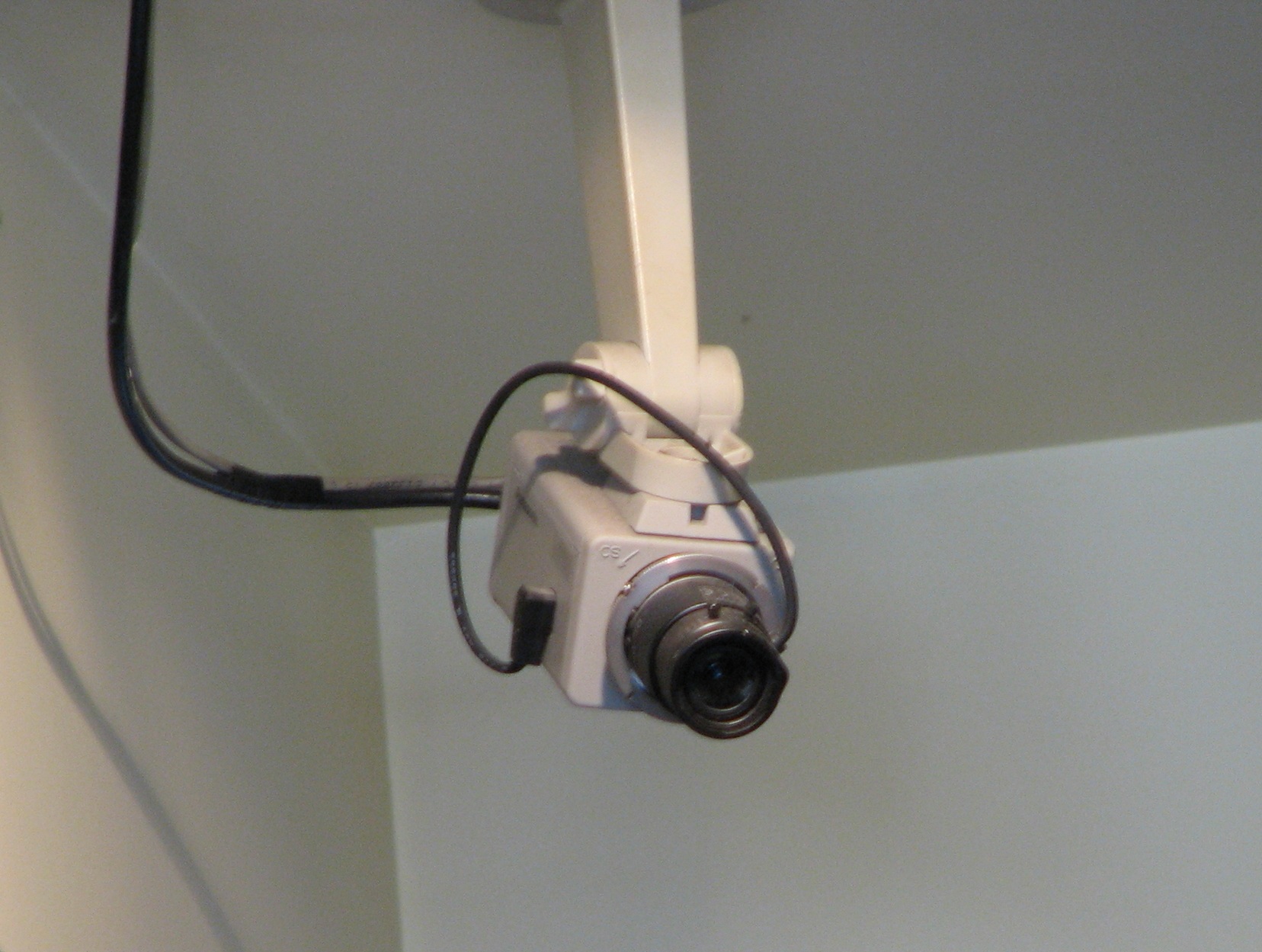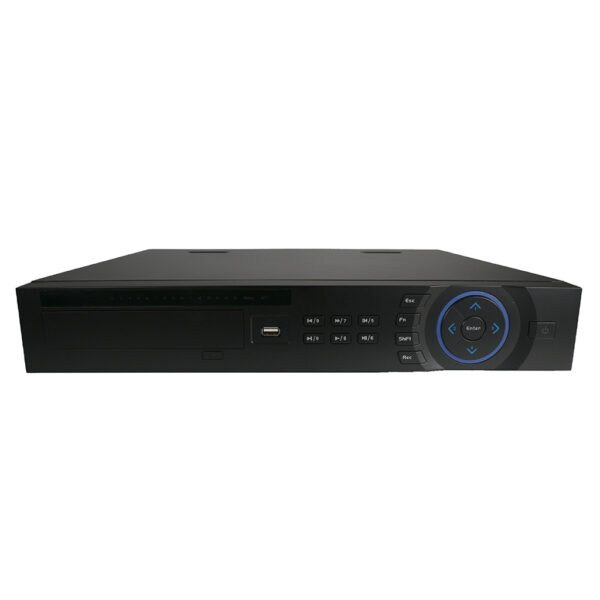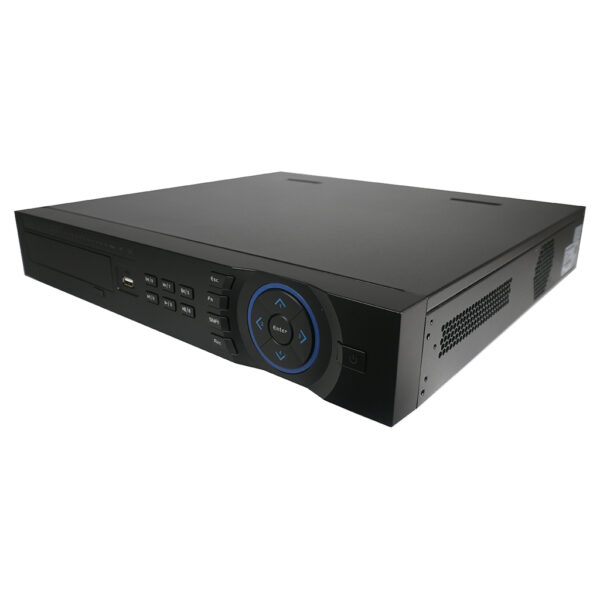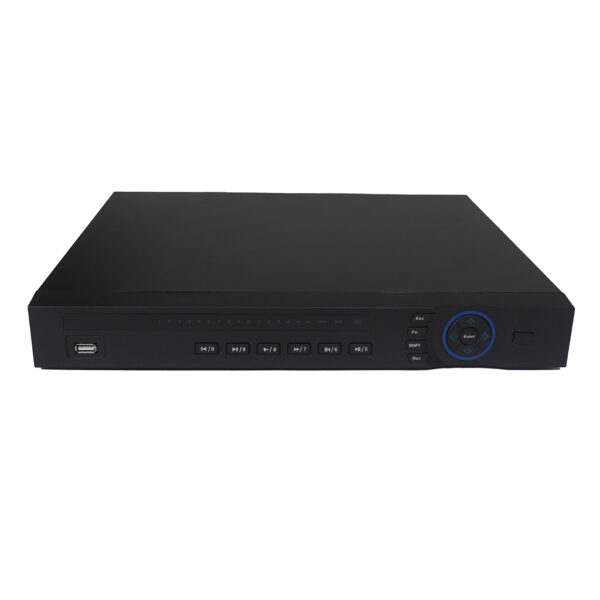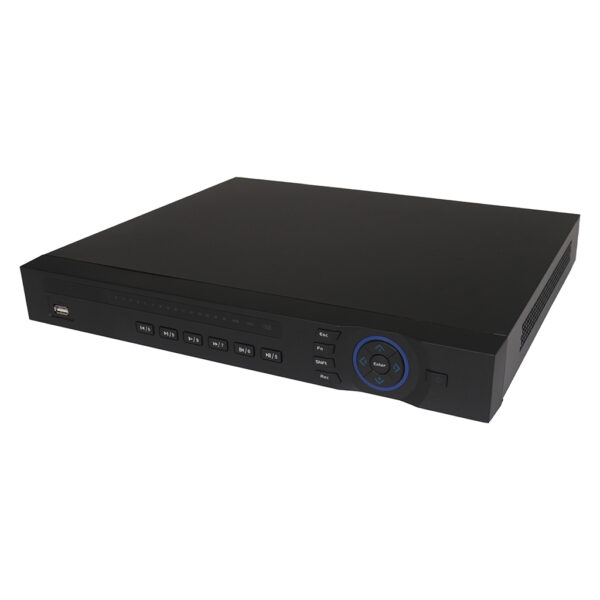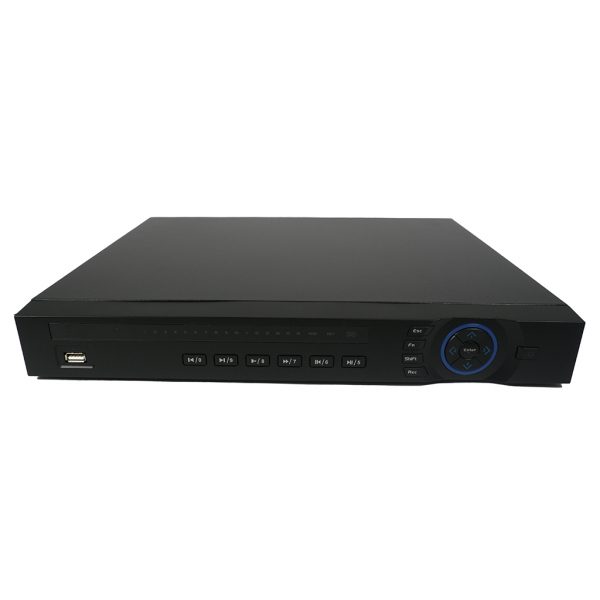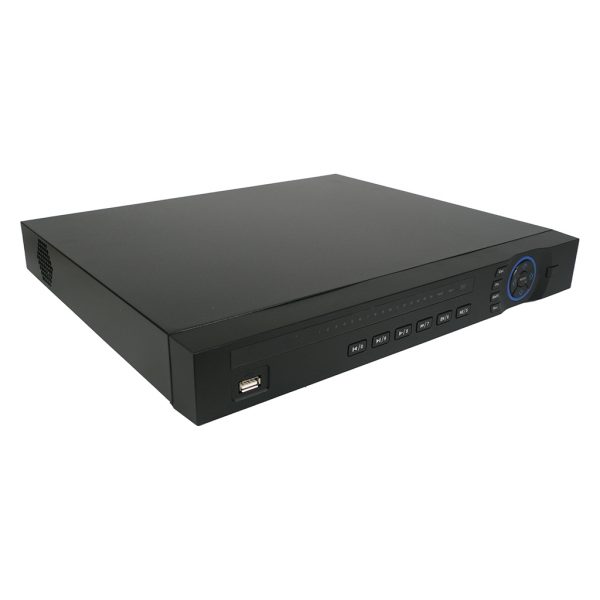Selecting the right type of cable for security cameras is crucial for ensuring reliable and high-quality video transmission, power delivery, and overall system performance. Different types of cables are designed for various types of security cameras, such as analog CCTV cameras and modern IP cameras. This comprehensive guide explores the different types of cables used for security cameras, their characteristics, benefits, and applications.
Coaxial Cables
- RG59 Coaxial Cable:
- Overview: RG59 is a standard coaxial cable used for analog CCTV camera systems. It consists of a central conductor, an insulating layer, a metallic shield, and an outer jacket.
- Specifications: The central conductor is typically made of copper, and the shield is made of aluminum foil or braid. RG59 has a characteristic impedance of 75 ohms.
- Maximum Distance: RG59 can transmit video signals up to 750 feet (228 meters) without significant signal loss. For distances beyond this, signal amplifiers may be required.
- Applications: Ideal for short to medium distances in residential and small commercial CCTV installations.
- Advantages: Cost-effective, widely available, and easy to install.
- RG6 Coaxial Cable:
- Overview: RG6 is a thicker coaxial cable compared to RG59 and offers better shielding and signal transmission over longer distances.
- Specifications: RG6 has a larger central conductor and thicker insulation, providing better signal quality. It also has a characteristic impedance of 75 ohms.
- Maximum Distance: RG6 can extend up to 1,000 feet (305 meters) without the need for amplification.
- Applications: Suitable for longer cable runs in larger commercial and industrial CCTV installations.
- Advantages: Better signal quality over longer distances, more robust shielding against interference.
- Siamese Cable:
- Overview: Siamese cable combines RG59 coaxial cable for video transmission and an additional pair of cables for power. This dual-purpose cable simplifies installation by reducing the number of separate cables needed.
- Specifications: The RG59 component handles video, while the 18-gauge power cables provide power to the camera.
- Maximum Distance: Similar to RG59 for video, up to 750 feet (228 meters), and the power cables can transmit power up to 250 feet (76 meters) using 12V DC.
- Applications: Widely used in residential, commercial, and industrial CCTV installations.
- Advantages: Simplifies installation, reduces cable clutter, and provides both video and power through a single cable.
Ethernet Cables
- Cat5e (Category 5e) Cable:
- Overview: Cat5e is an enhanced version of Cat5, designed to support higher data transfer speeds and reduced interference. It is commonly used for IP camera systems.
- Specifications: Cat5e cables have four twisted pairs of copper wires and can handle data rates up to 1 Gbps and frequencies up to 100 MHz.
- Maximum Distance: Cat5e cables can run up to 328 feet (100 meters) without signal degradation.
- Applications: Suitable for residential, commercial, and industrial IP camera installations.
- Advantages: Cost-effective, supports Power over Ethernet (PoE), and is backward compatible with older Ethernet standards.
- Cat6 (Category 6) Cable:
- Overview: Cat6 is a higher-performance Ethernet cable compared to Cat5e, offering greater bandwidth and improved shielding against interference.
- Specifications: Cat6 cables have tighter twists and additional shielding, supporting data rates up to 10 Gbps and frequencies up to 250 MHz.
- Maximum Distance: Cat6 cables can also run up to 328 feet (100 meters) for standard Ethernet applications. For 10 Gbps speeds, the maximum distance is 165 feet (50 meters).
- Applications: Ideal for high-resolution IP camera systems and installations requiring high data transfer rates.
- Advantages: Higher performance, better shielding, future-proofing for network upgrades.
- Cat6a (Category 6a) Cable:
- Overview: Cat6a is an augmented version of Cat6, offering even higher performance and greater resistance to crosstalk and EMI.
- Specifications: Cat6a supports data rates up to 10 Gbps and frequencies up to 500 MHz.
- Maximum Distance: Cat6a maintains 10 Gbps speeds up to the full 328 feet (100 meters).
- Applications: Suitable for large-scale, high-performance IP camera systems in commercial and industrial environments.
- Advantages: Superior performance, maximum bandwidth, and minimal interference.
Fiber Optic Cables
- Single-Mode Fiber Optic Cable:
- Overview: Single-mode fiber optic cables are designed for long-distance data transmission with minimal signal loss. They use a single light path and are ideal for high-speed, high-capacity network connections.
- Specifications: These cables have a smaller core diameter, typically 8-10 microns, and support data rates up to 100 Gbps over long distances.
- Maximum Distance: Single-mode fiber can transmit data over distances of several miles without signal degradation.
- Applications: Used in large-scale commercial and industrial installations, campus security, and long-distance networking.
- Advantages: Extremely long transmission distances, high bandwidth, minimal signal loss.
- Multi-Mode Fiber Optic Cable:
- Overview: Multi-mode fiber optic cables are used for shorter distances compared to single-mode fibers. They support multiple light paths and are suitable for high-speed data transmission within buildings.
- Specifications: Multi-mode fibers have a larger core diameter, typically 50-62.5 microns, and support data rates up to 10 Gbps over shorter distances.
- Maximum Distance: Multi-mode fiber can transmit data up to 1,000 feet (305 meters) without significant signal loss.
- Applications: Ideal for intra-building networks, data centers, and short to medium-range IP camera installations.
- Advantages: High-speed data transmission, cost-effective for shorter distances, and easier installation compared to single-mode fiber.
Power Cables
- Low-Voltage Power Cables:
- Overview: Low-voltage power cables are used to supply power to security cameras, either directly from a power supply or through PoE.
- Specifications: Commonly used power cables include 18-gauge and 22-gauge wires, with the appropriate gauge chosen based on the distance and power requirements.
- Maximum Distance: The distance depends on the voltage drop and the camera’s power requirements. Generally, 12V DC cameras can be powered up to 250 feet (76 meters) using 18-gauge wire, while 24V AC cameras can be powered up to 500 feet (152 meters).
- Applications: Used in all types of security camera installations to provide reliable power.
- Advantages: Simple and cost-effective solution for powering cameras, available in various lengths and gauges.
Combination Cables
- Siamese Cable:
- Overview: Siamese cable combines video (coaxial) and power cables in a single jacket, simplifying installation and reducing cable clutter.
- Specifications: Typically includes RG59 coaxial cable for video and 18-gauge power cables.
- Applications: Widely used in analog CCTV installations.
- Advantages: Simplifies installation, provides both video and power through a single cable, and reduces the number of cables needed.
- Ethernet with Power (PoE) Cable:
- Overview: Ethernet cables that support PoE can transmit both data and power over a single Cat5e or Cat6 cable, simplifying installation and reducing costs.
- Specifications: Standard Ethernet cables with PoE capability.
- Applications: Used in IP camera installations.
- Advantages: Reduces installation complexity, provides both data and power, cost-effective, and supports long-distance runs up to 328 feet (100 meters).
Conclusion
Selecting the right cable for your security camera system is essential for ensuring reliable performance and high-quality video transmission. Whether you are using analog CCTV cameras, modern IP cameras, or a combination of both, there are specific cables designed to meet your needs. Coaxial cables like RG59 and RG6 are ideal for analog systems, while Ethernet cables like Cat5e and Cat6 are perfect for IP cameras. Fiber optic cables offer the best performance for long-distance transmission, and combination cables like Siamese and PoE cables simplify installation. By understanding the characteristics, benefits, and applications of each type of cable, you can make an informed decision and optimize your surveillance system.
Related Products
Frequently Asked Questions (FAQ)
- What type of cable is most commonly used for security cameras? The most commonly used cable for security cameras is the RG59 coaxial cable. It is popular due to its reliability in transmitting both video and power over longer distances without significant signal loss.
- Can I use Ethernet cables for my security cameras? Yes, Ethernet cables, specifically Cat5e and Cat6, are often used for IP (Internet Protocol) security cameras. They support Power over Ethernet (PoE) technology, which allows both power and data to be transmitted over a single cable, simplifying the installation process.
- How do I choose the right cable for my security camera system? Choosing the right cable depends on the type of security camera system you have. Analog cameras typically use RG59 coaxial cables, while IP cameras use Ethernet cables. Consider the distance, power requirements, and environment when selecting your cable.
- What is the maximum distance I can run a cable for my security cameras? For RG59 coaxial cables, the maximum distance is generally around 750 feet for video transmission. Ethernet cables, when used with PoE technology, can run up to 328 feet (100 meters) without the need for signal boosters or repeaters.
- Are there any special considerations for outdoor security camera cables? Yes, when installing cables for outdoor security cameras, it’s important to use weatherproof or UV-resistant cables to prevent damage from exposure to the elements. Additionally, consider using conduit to protect the cables from physical damage and ensure proper grounding to avoid electrical issues.

